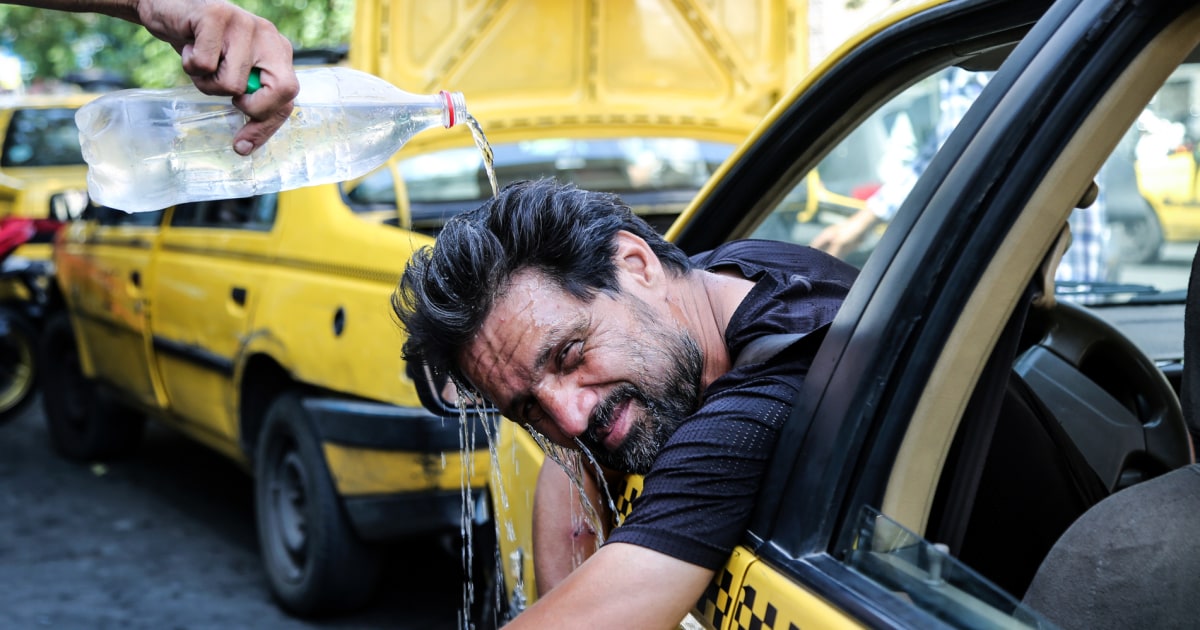
“When there’s no power, banks are closed, the whole system just stops,” Tehran restaurant owner Edo Mansourian said. “And now the country’s basically closed for the next few days.” The 72-year-old added that “working conditions have become frustrating and it’s hard to keep the place running.”
Mohammadreza Tavakoli runs a hostel on the island of Qeshm in the Persian Gulf region of southern Iran, which is already known for its blazing-hot weather and high humidity. The recent heat, however, has made the situation “unlivable,” he said.
“No one’s traveling to what is a beautiful tourist spot,” he said, noting that he was being forced to dip into his savings to survive.
Officials are now warning that water supplies are dwindling in Tehran, which is estimated to have a population of over 9.5 million people.
Water shortages and severe heat have led to unrest in Iran in the past. In 2021, street protests broke out in cities in the Khuzestan province in southwest Iran, as well as a handful of other cities, which were met with a violent crackdown by government security forces.
At a government meeting on Monday, President Masoud Pezeshkian warned that water reserves were “in a worrying condition,” the state-run Nour News agency reported.
“Tehran is facing a severe decline in water resources,” he said. “Water reserves are running out. We must consider all the people.”
Tehran’s Gov. Mohammad Sadegh Motamedian also warned that only 14% of the city’s dam capacity is currently filled and water consumption is five times higher than what the province’s renewable water sources can support, according to the semiofficial Tasnim news agency.
“For the fifth consecutive year, Tehran is experiencing drought,” he said.
Several news outlets published pictures of water bottles being distributed around the city, and forecasters on state television are predicting that temperatures will rise next week.

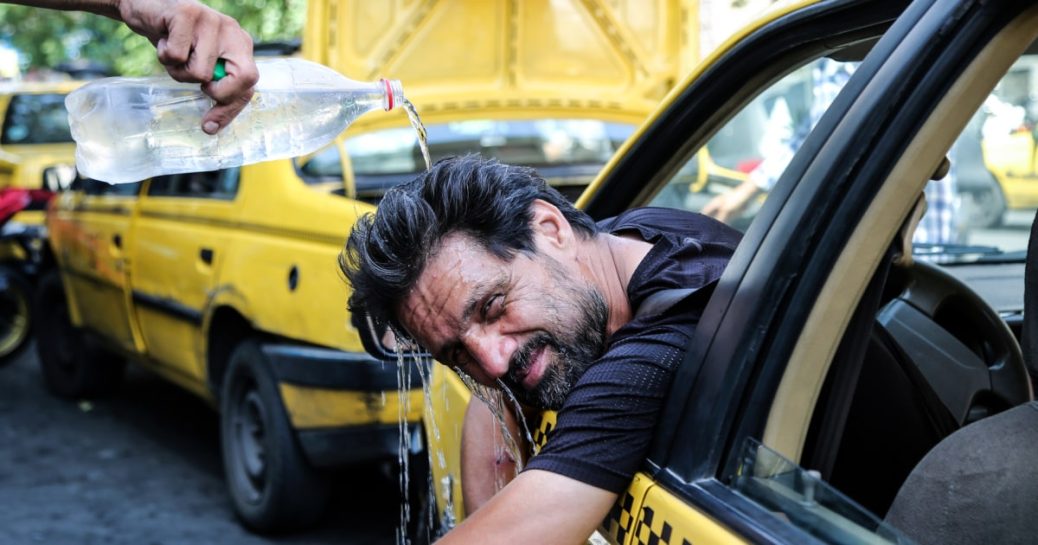
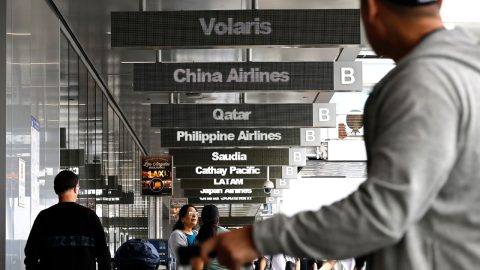
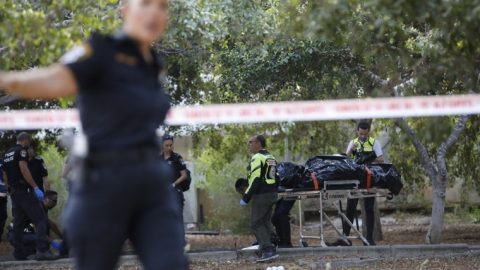
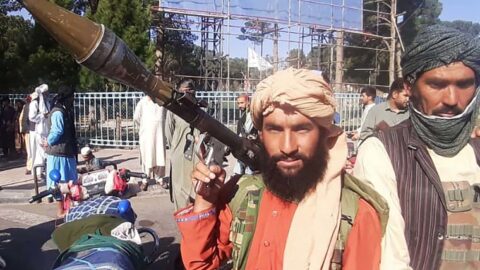


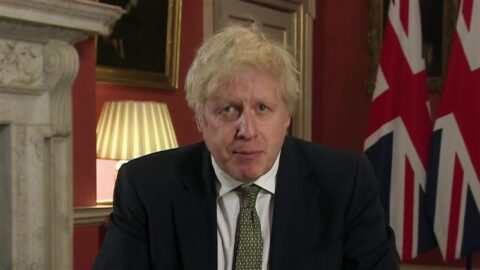

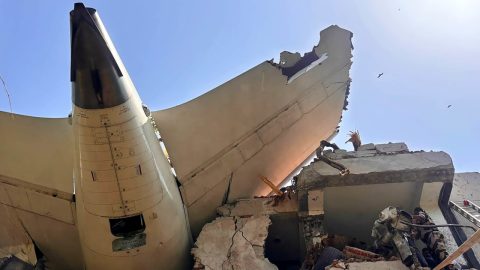
Recent Comments